With the Taliban now triumphantly in control of Hamid Karzai International Airport following the historic withdrawal of U.S. forces from Afghanistan, pictures and video have begun to emerge of the military aircraft, as well as vehicles and other materiel, left behind. The head of U.S. Central Command, U.S. Marine Corps General Frank McKenzie, had announced yesterday that a total of 73 planes and helicopters, among other things, had been "demilitarized" at the airport before the last American troops left, as you can read more about here. You can read more about the final pull-out itself in The War Zone's initial reporting here.
Independent open-source researchers Stijn Mitzer and Joost Oliemans, who run the blog Oryx, have been tracking how many former Afghan military aircraft have fallen into Taliban hands for weeks now. They say they have been able to identify at least 48 individual aircraft, 16 fixed-wing planes and 32 helicopters, in the imagery that has emerged from the airport in Kabul so far.
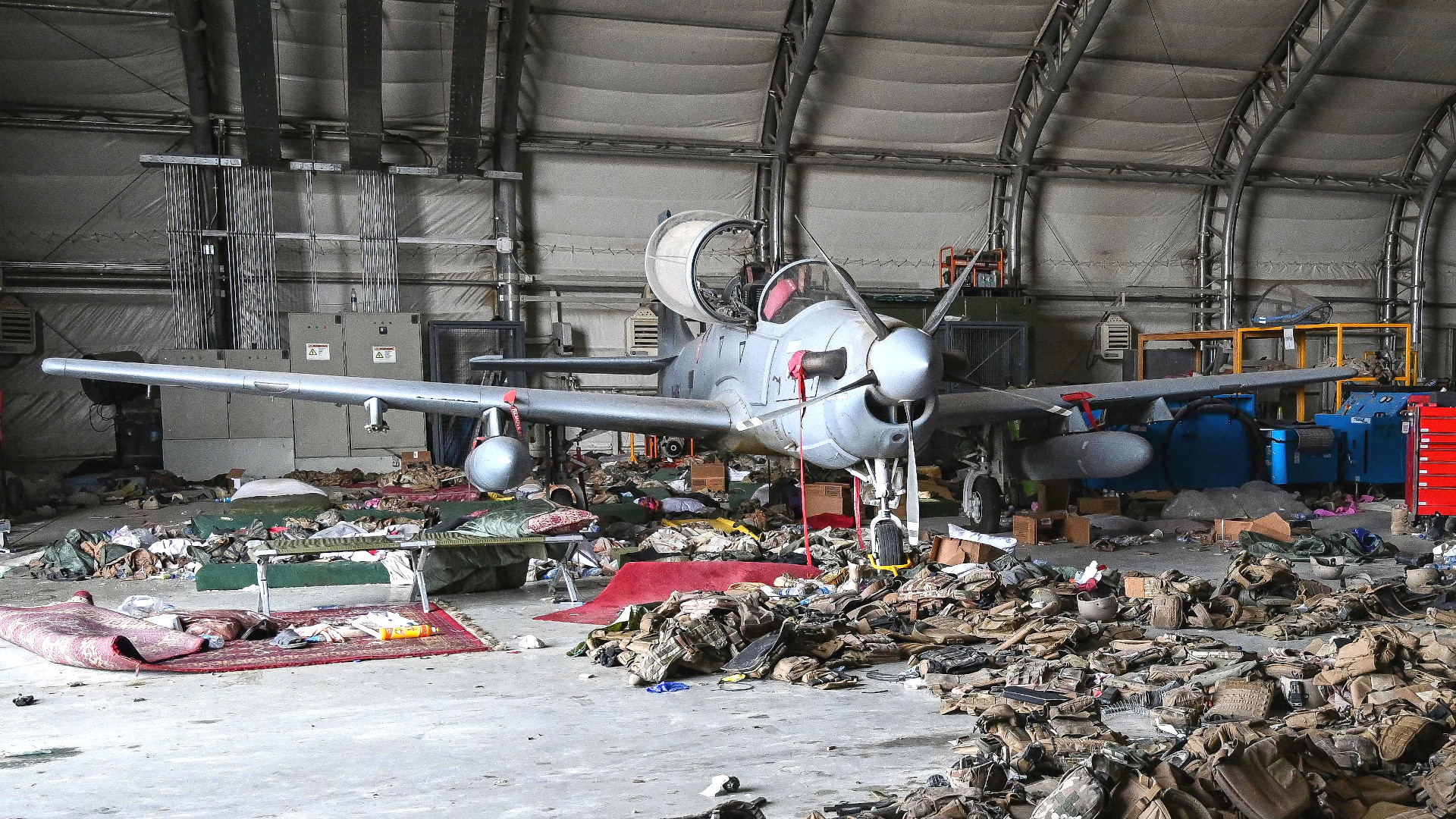
The fixed-wing types are all from the former Afghan military and include 8 A-29 Super Tucano light attack planes, 2 AC-208 armed light utility aircraft, 4 Cessna 208 Caravan utility aircraft, one C-130H Hercules transport plane, and a lone Pilatus PC-12NG intelligence, surveillance, and reconnaissance platform. The Afghan Air Force operated the country's fleets of A-29s, AC-208s, Cessna 208s, and C-130Hs. Afghanistan's Special Mission Wing (SMW), a separate dedicated special operations aviation force, had been the only unit to fly the PC-12NG.

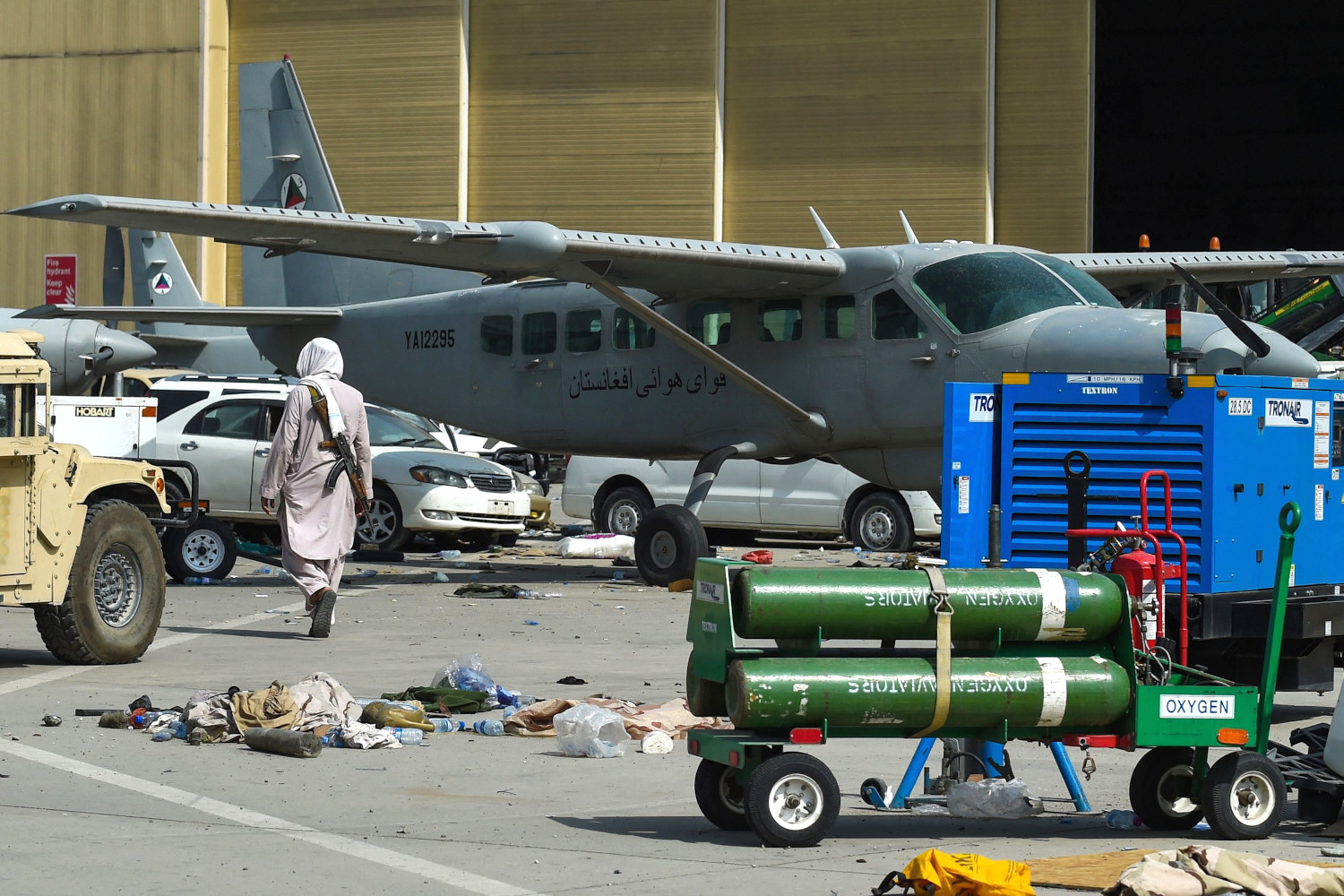
The helicopters include 10 UH-60A+ Black Hawk and 10 Mi-8/Mi-17 Hip-series transports, as well as seven MD 530F Little Bird armed scouts, all of which had belonged to the now-defunct Afghan Air Force. Another five former U.S. State Department CH-46E Sea Knights are visible in the pictures and video that have come out, as well.
This leaves at least 25 aircraft still unaccounted for, based on the official total that General McKenzie provided. It also remains unclear if the State Department CH-46Es, which had already been disabled in some way nearly two weeks ago, as The War Zone
was first to report, were included in his figure. Regardless, the State Department said it had abandoned seven Sea Knights altogether, so there should still be the remains of two more at Hamid Karzai International Airport.
The imagery from the airport in Kabul also offers some insight into how all of these aircraft were "demilitarized." Engine cowlings and access panels are seen open on many planes and helicopters, indicating that certain parts were removed or destroyed. An area on the ground underneath the engine of one of the A-29s is heavily stained with lubricant, further suggesting action was taken to disable its PT6 turboprop engine.
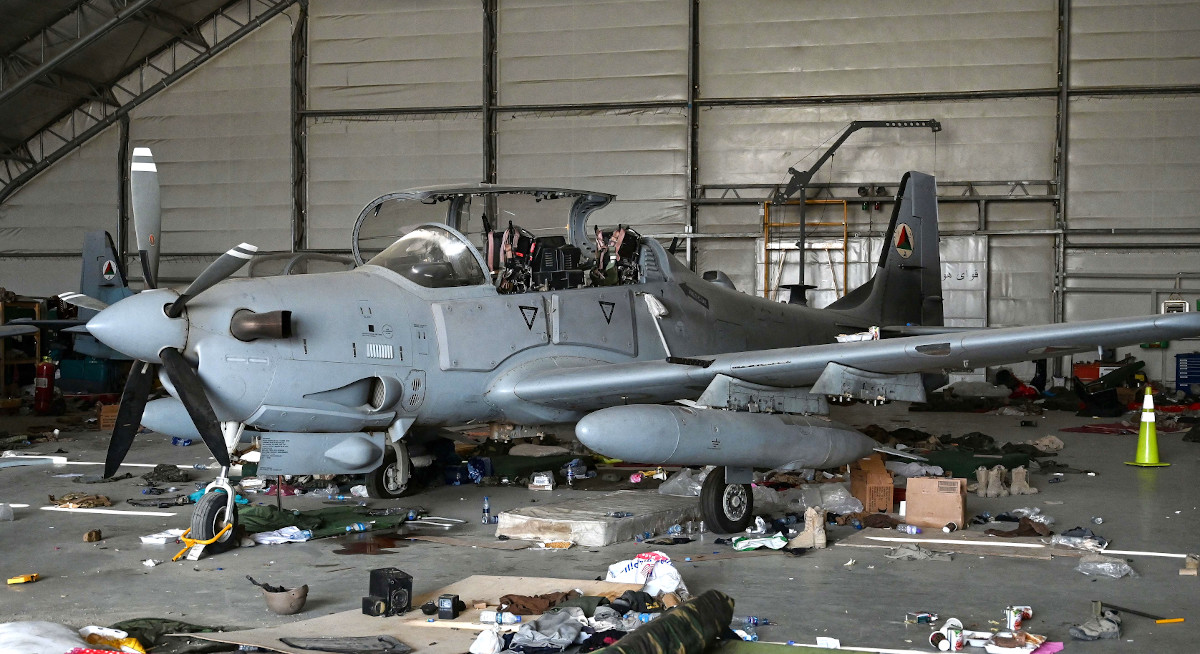
Windows on various helicopters are smashed, as are the gauges in some of the cockpits, while deliberate holes have been cut in the main cabin doors of the Black Hawks. The C-130H is seen now sitting at angle, wing down, with its left main undercarriage now apparently damaged and one of its props is feathered.
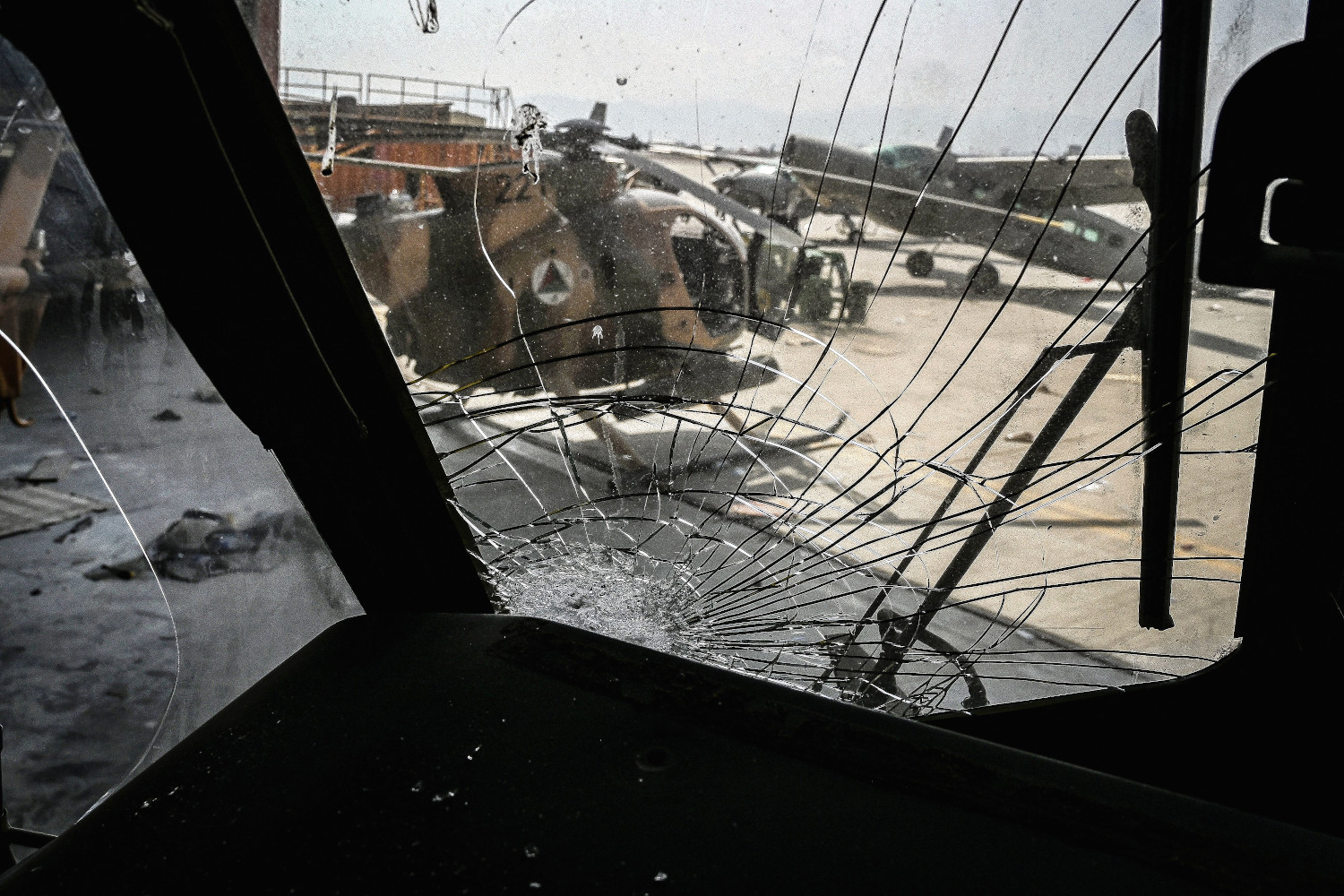
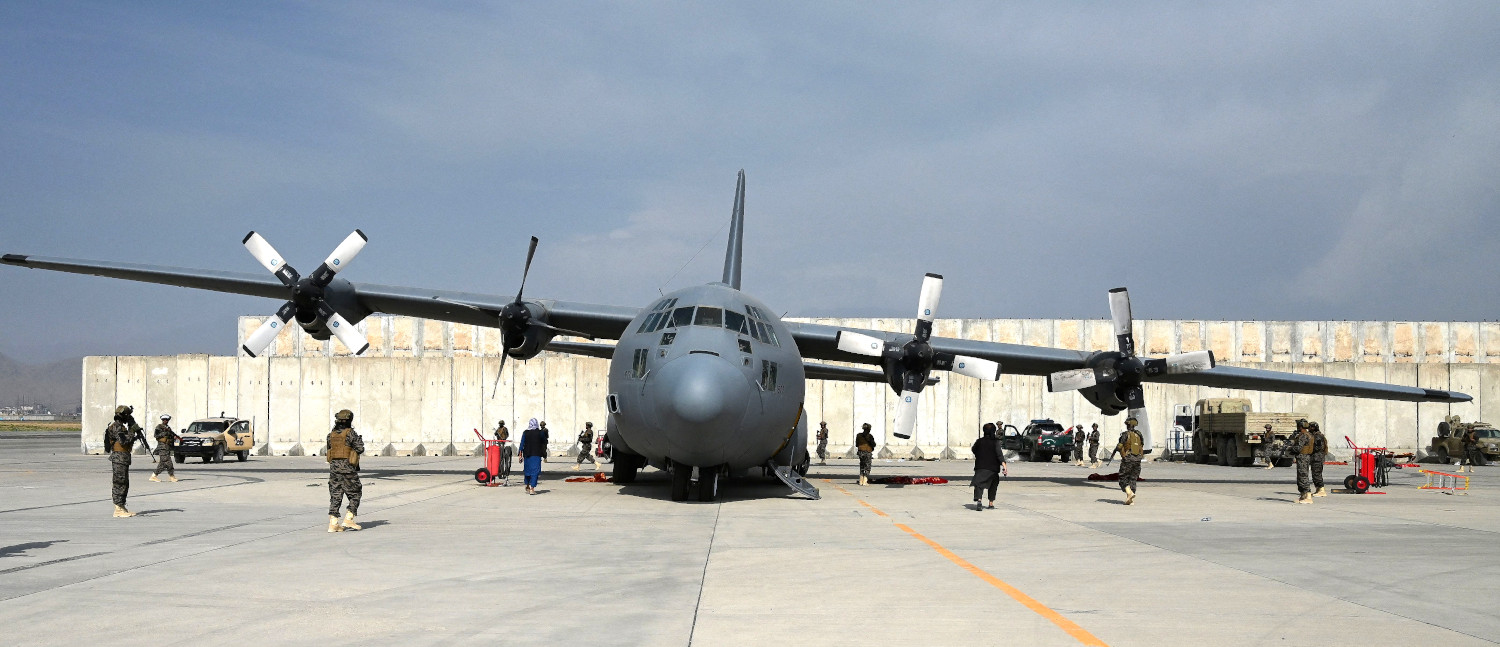
The U.S. military has said that all 73 of the aircraft that McKenzie mentioned are now permanently disabled. "They can look all they want but they can't fly them," Pentagon Press Secretary John Kirby told CNN this morning.
"Those aircraft will never fly again when we left," General McKenzie had said yesterday. "They'll never be able to be operated by anyone. Most of them were non-mission capable, to begin with, but certainly they'll never be able to be flown again."
McKenzie's point about at least some of the aircraft being unusable to begin is supported by some of the imagery that is now available. One picture notably shows a Cessna 208 aircraft sitting on its tail with no engine and no nose gear, and with the word "SLUDGE" spray-painted on the side, a state that is very different from that of the other Caravans and AC-208s.
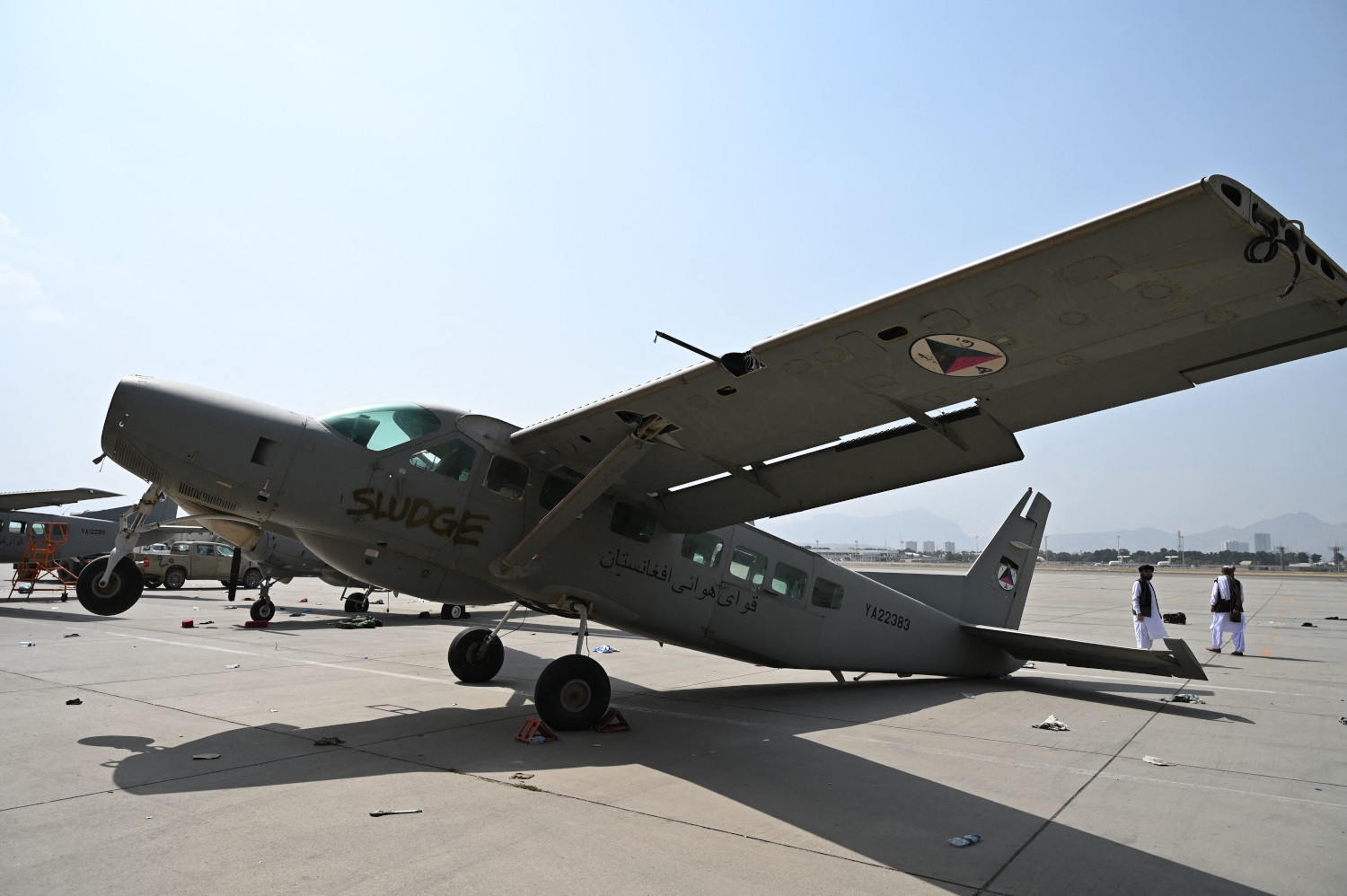
How many aircraft the Afghan military had on hand, at all, prior to the Taliban's sweep across the country earlier this month, and what condition they were all in, is unclear. A number of fixed-wing planes and helicopters, including a number of A-29s, Cessna 208s, PC-12NGs, UH-60s, and Mi-8/Mi-17-types, managed to flee to neighboring Uzbekistan and Tajikstan. You can read more specifically about the 46 aircraft that escaped to Uzbekistan's Termez Airport here.
At least some sensitive equipment may have been removed from many of the aircraft before the fall of Kabul, as well. "The contractors also took proprietary software and weapons systems with them," Lieutenant General Sami Sadat, the former commander of the Afghan National Army's 215th Corps, wrote in a piece for The New York Times last week.
"They physically removed our helicopter missile-defense system," he continued. "Access to the software that we relied on to track our vehicles, weapons and personnel also disappeared. Real-time intelligence on targets went out the window, too."
The A-29s notably appear to be missing their sensor turrets, but at least one is seen still fitted to an AC-208. These turrets contain a mix of electro-optical and infrared cameras, as well as a laser designator. These aircraft could use the laser designator to mark targets for precision-guided muntions, including laser-guided bombs and 70mm Advanced Precision Kill Weapon System II (APKWS II) laser-guided rockets. There were reports weeks ago that stocks of these weapons were dangerously low, if they had not been entirely expended.
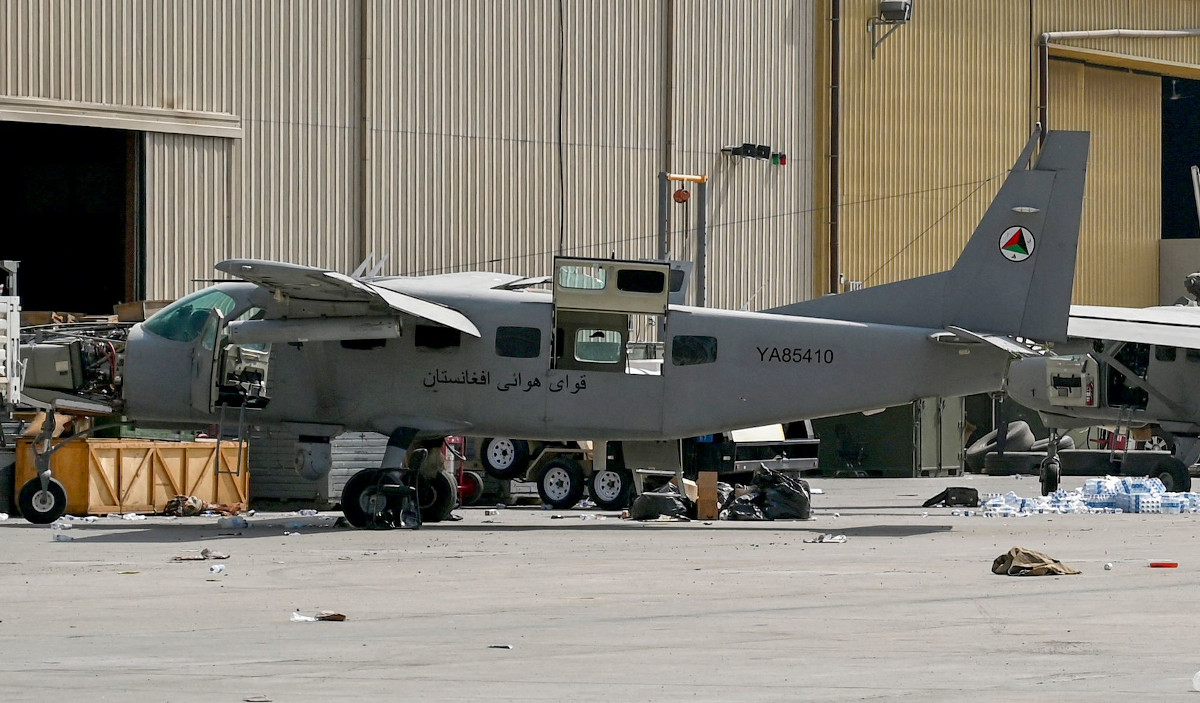
What is left of the PC-12NG is less clear. The overall configuration of these highly specialized aircraft remains something of a mystery, to begin with. This has long made them a significant question mark in terms of possible capabilities that the Taliban could gain from capturing them or potential intelligence vulnerabilities. The potential intelligence value of much of what else the group has captured so far would seem to be limited, especially for larger American opponents, such as Russia or China.
Regardless, the demilitarization process does not appear to have involved total destruction of any of the aircraft as many had expected would be the case, a decision that seems curious. Heavy equipment at the airport could conceivably have been used to more thoroughly destroy the planes and helicopters in relatively short order.
Any need for extensive repairs to fix any cutting that was done into portions of the airframe, including stringers and other supporting structures, would present a significant hurdle to making them airworthy again. Taliban could still use any salvageable spare parts and other components to try to get other aircraft they have captured working again. Video emerged just yesterday purportedly showing the Taliban flying a Black Hawk that they had previously captured intact. Those clips also showed an individual suspended below the helicopter for unclear reasons.
Various weapons and other systems from the aircraft at the airport in Kabul could also be repurposed. It is particularly interesting to note that the .50 caliber M3 machine guns in the wings of the A-29s appear to still be in place, though we can't see if the main bodies of these guns have been destroyed or otherwise disabled in some way.
Even if the Taliban can't make any of the Super Tucanos flyable again, these guns, if they are functional, could be removed and mounted on other platforms, even though they are intended primarily for aircraft use. Militant and terrorist groups have been spotted using aircraft-specific variants of the .50 caliber M2 machine gun, from which the M3 is derived, in ground roles in the past.
The pictures and video from Hamid Karzai International Airport also show various other materiel, including vehicles, ammunition, and body armor, among other things, that have now fallen into Taliban hands. There is also at least one picture that shows destroyed computer hard drives that could have held sensitive information. McKenzie said that dozens of MRAPs and Humvees had also been demilitarized at the airport, but the imagery we have now also shows various pickup trucks and at least one Polaris MRZR all-terrain vehicle there, as well. The state of those vehicles is unclear.
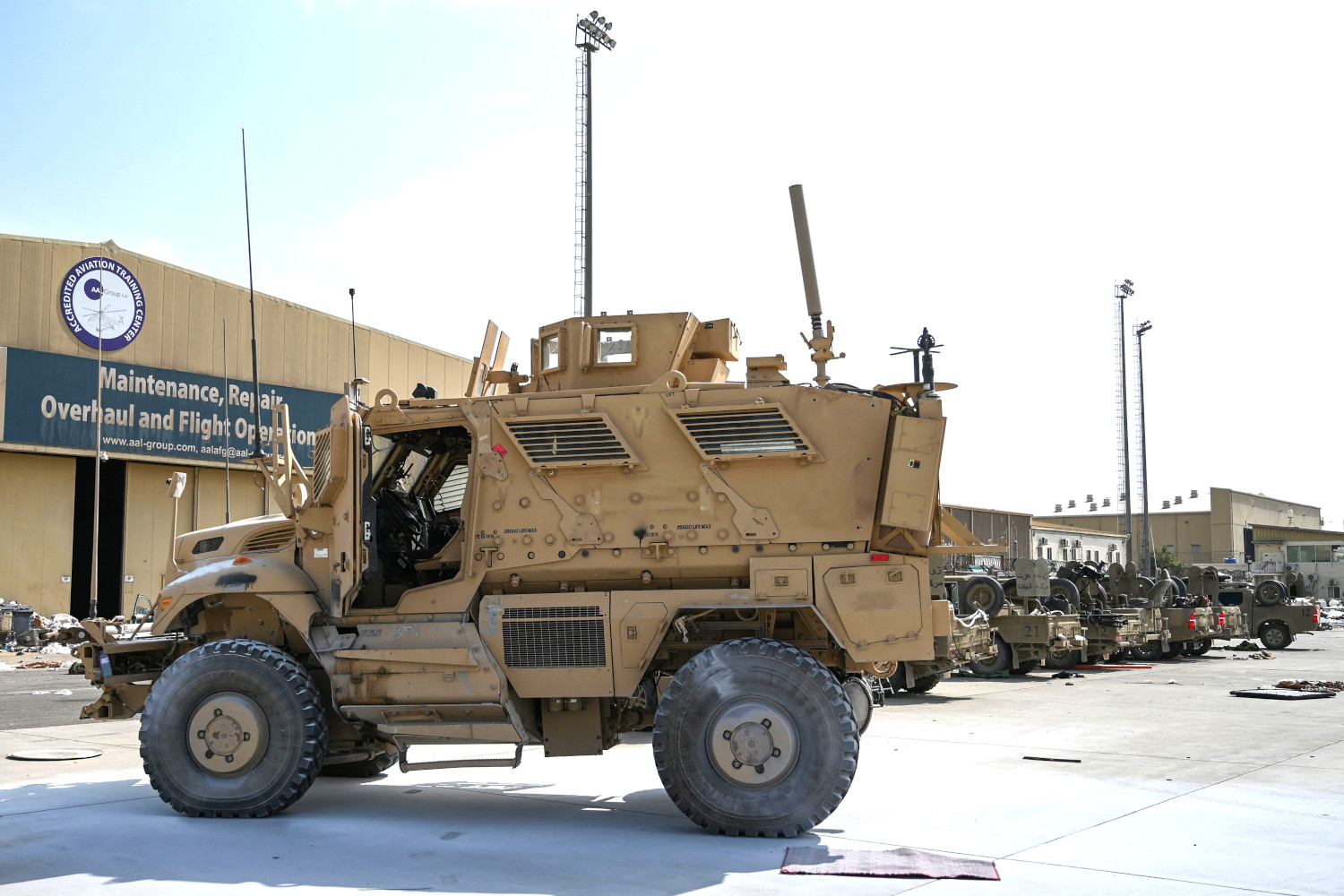
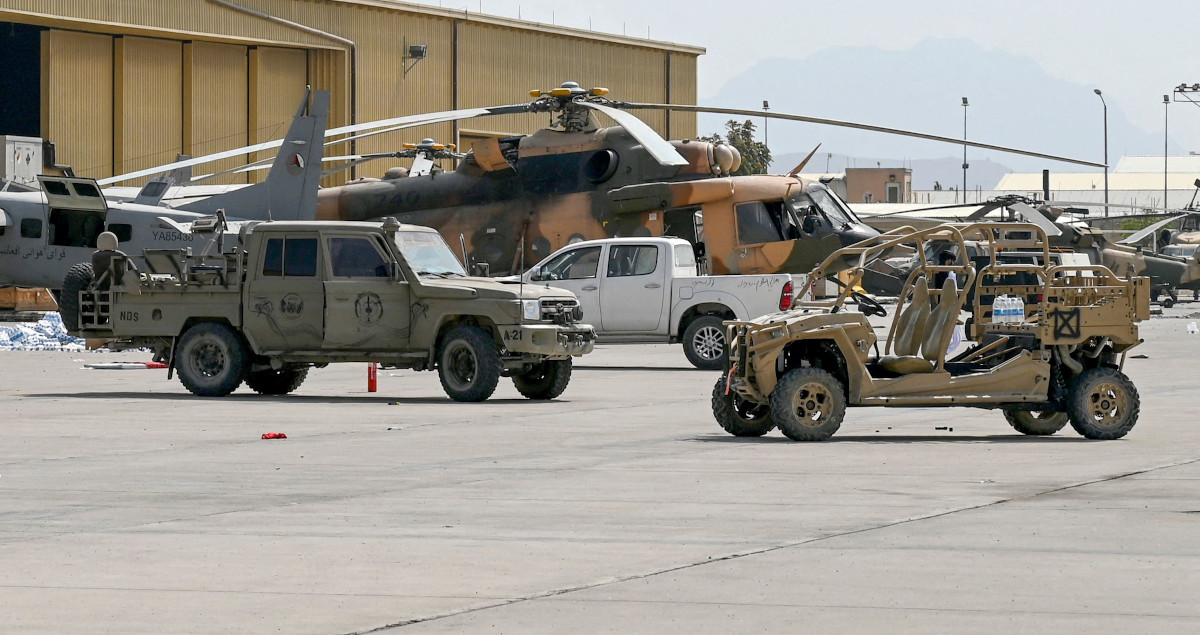
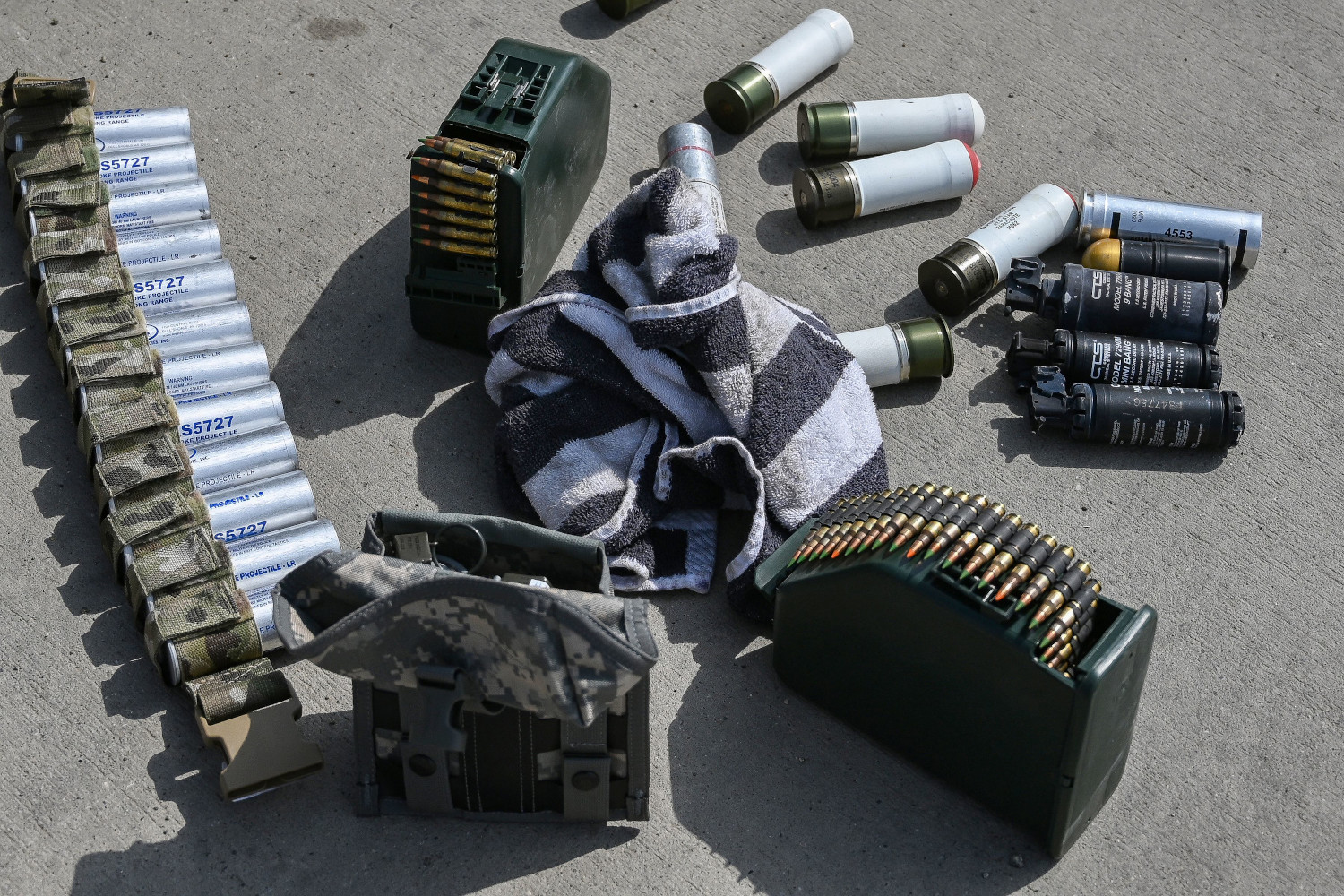
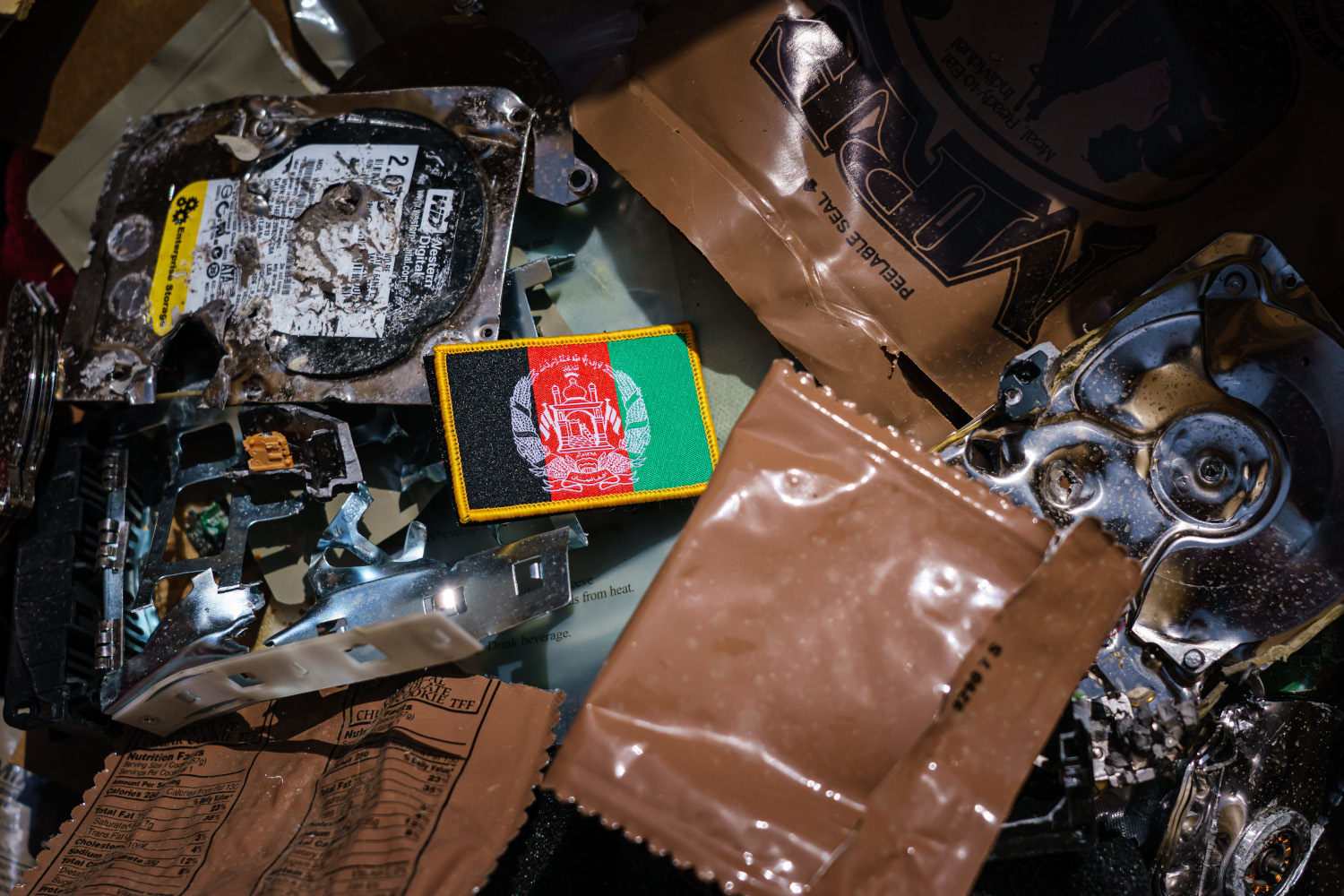
A picture has also emerged that reported shows a fleet of former Afghan military Mobile Strike Force Vehicles (MSFV) that had been captured either at the airport or somewhere else in Kabul. The usability of those MSFVs, which are American-made light armored vehicles based on the design of the U.S. Army's M1117 Armored Security Vehicle (ASV) armored car, is unknown.
All of this only adds to the pile of other vehicles and weapons, as well as dozens of other aircraft, that the Taliban captured earlier this month in the final phase of its conquest of Afghanistan.
Of course, questions remain about the Taliban's ability to effectively utilize much of the equipment they've captured, whatever state it is, especially when it comes to higher-end aircraft, such the A-29s or UH-60s. Even if they can get various aircraft and vehicles working, maintaining them could present additional challenges. Of course, the Mi-8/Mi-17-series helicopters, which have a much longer history in the region, as well as various vehicles and light weapons, are likely to be easier for the group to operate and maintain for a more protracted period of time.
The Taliban could also seek outside support to help sustain even the more exquisite gear they've now come into possession of. For instance, the group is actively courting formal relations with China, which purchased a number of S-70 helicopters, the commercial cousin of the UH-60, in the 1980s. The People's Liberation Army now has decades of experience operating and maintain the type and the Chinese have even now developed their own Black Hawk clone.
Other avenues to make use of various captured materiel could be available to the Taliban, as well, including simply selling items to anyone who might be interested.
Beyond all this, the captured troves of U.S.-supplied aircraft and other weapons and materiel are simply valuable trophies for the Taliban and further reflections of them having outlasted the United States after nearly two decades of conflict. The group has clearly been keen to make a show of what it has now seized at their airport in Kabul as part of the celebration of its final victory.
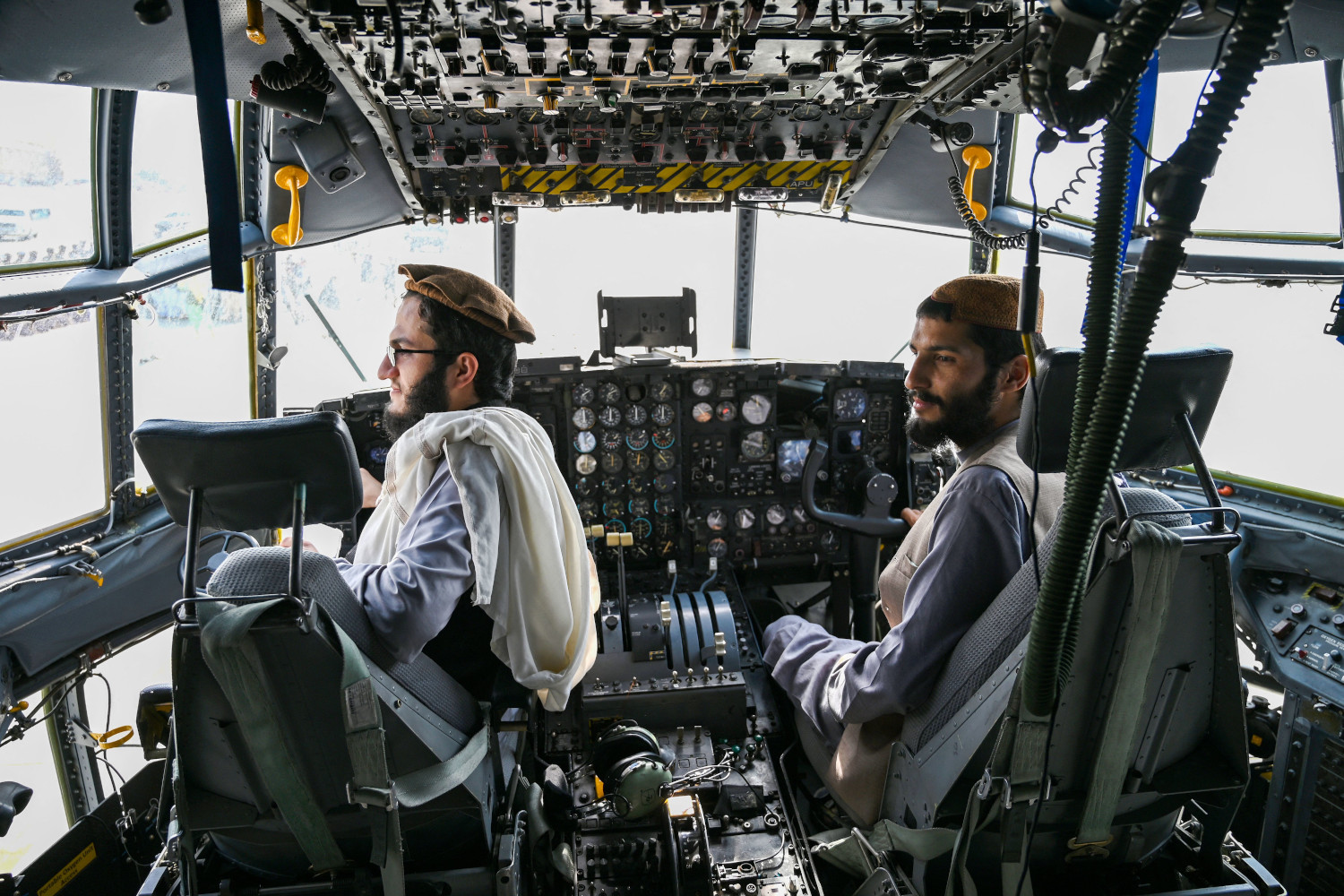
No matter what, the imagery of the captured aircraft and other materiel left behind at the airport in Kabul, regardless of its state, marks a high point for the Taliban and a low one for the United States.
Update 4:35 PM EST:
Additional imagery of materiel left behind at Hamid Karzai International Airport continues to emerge.
Contact the author: joe@thedrive.com
